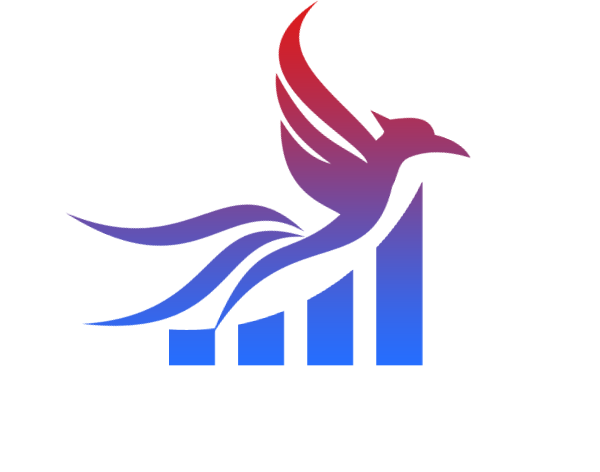A Beacon in Their Darkest Hour
- Content Writer
- August 19, 2023
- Insurance and Financial Planning, Life Insurance
- 0 Comments
The sun painted hues of orange and pink over the small town as Sarah walked her children to school. But, unlike the vibrant colors of the morning, Sarah’s world was recently overshadowed by a dull gray. The unexpected demise of her husband, Alex, three months ago had turned their world upside down. Along with the weight of grief, the financial uncertainties loomed large. Alex was the primary breadwinner, and the void he left behind was not just emotional but economic too.
One day, amidst a pile of bills and letters, Sarah found an envelope marked “Life Insurance Policy.” It turned out that Alex had taken out a policy years ago. When Sarah called the insurance company, she learned that the policy payout would be enough to pay off their mortgage, cover the kids’ future education, and provide a safety net for the coming years. It wasn’t a replacement for Alex, but it was his final gift to ensure his family’s well-being. Sarah could now grieve without the added stress of financial instability.
Understanding Life Insurance
Life insurance is more than just a policy; it’s a financial safety tool. At its core, life insurance provides financial protection to your loved ones in the event of your death. Essentially, you pay a periodic amount, known as a premium, to an insurance company, and in return, they promise to pay a specified amount to your beneficiaries upon your passing.
The Importance
Think of it as a safeguard against the unexpected. It ensures that even when you’re gone, your family can manage expenses, pay off debts, and have financial stability. It’s about providing for them, ensuring they don’t have to grapple with financial burdens on top of emotional ones.
John, a retired school teacher, shares, “I witnessed my neighbor’s family struggle after he passed away without any insurance. I didn’t want the same for my family. My policy has given me peace of mind, knowing that they’ll be taken care of.”
Types of Life Insurance
- Term Life Insurance: This is a straightforward policy, where you buy coverage for a specific term (e.g., 20 years). If you pass away within that term, the policy pays out. If you outlive it, there’s no return on the premiums you paid. It’s often cheaper than other types, especially when young.
- Whole Life Insurance: This is a permanent policy that lasts your entire life. It combines a death benefit with a savings component. Part of your premium goes into a cash value account, which grows over time and can be borrowed against or withdrawn.
- Universal Life Insurance: It’s a type of permanent insurance but offers more flexibility. It also has a savings element which earns an interest rate, and the premiums can vary (within limits) based on your needs.
Economic Consequences of Being Uninsured
Without life insurance, families can face significant financial challenges. Immediate expenses such as funeral costs, medical bills, and outstanding debts can be overwhelming. Longer-term implications include loss of income, the need to downsize homes, or children unable to pursue higher education due to financial constraints.
Linda, a single mother of two, shared, “When my sister passed away, she left behind two young children. Without her life insurance, we wouldn’t have managed the mortgage or the kids’ schooling. It was her foresight that saved us from economic turmoil.”
Securing the Future
Life insurance is an investment in the future, a cushion against uncertainties. As Sarah discovered, it was Alex’s foresight and love that kept them secure even in his absence. For many, it’s not just about mitigating financial risks, but also about ensuring dreams, hopes, and futures remain undiminished.
Mark, a father of three, says, “Every premium I pay is a promise to my family. A promise that they’ll have a roof over their heads, food on the table, and dreams that remain achievable even if I’m not there to witness them.”


